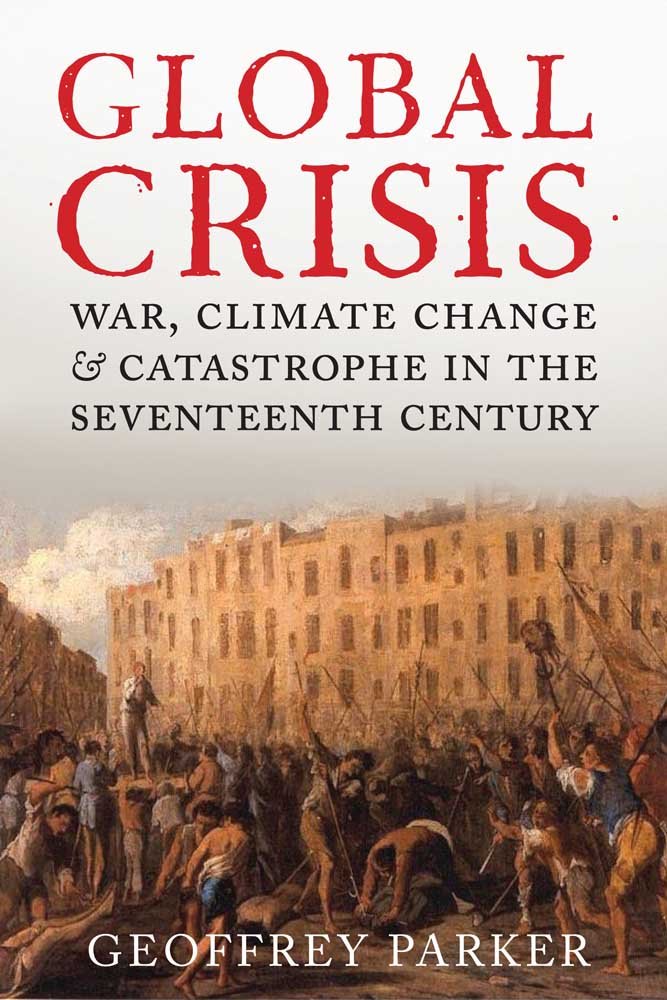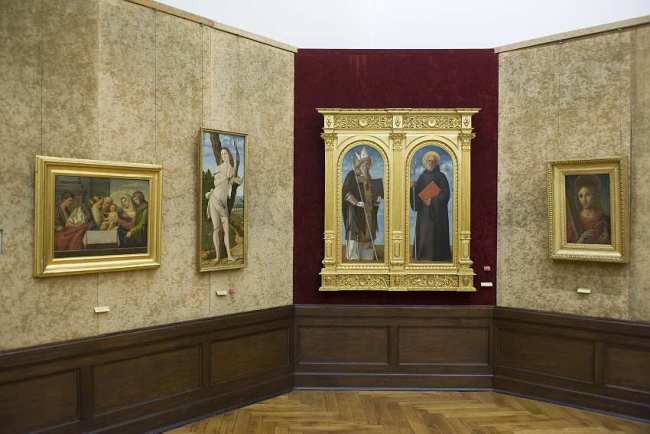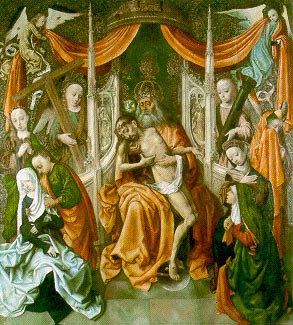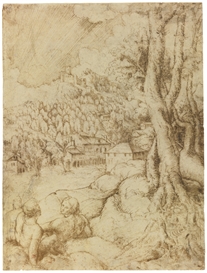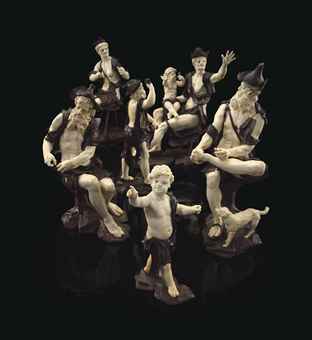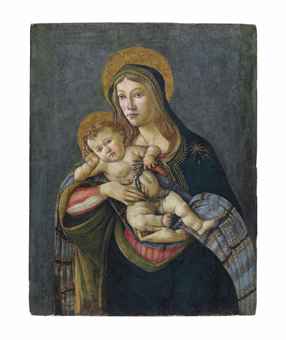
The National Gallery in Washington was founded on high ideals. Its first benefactors established an excellent collection of pictures, John Russell Pope designed one of the world's most beautiful classical museums, and its first chief curator John Walker was a great connoisseur. It was perfectly suited to the contemplation of great works of art, without fanfare and without ancillary frippery. This book tells the story of how Walker's successor J. Carter Brown pursued a different course, seeking the limelight and chasing blockbusters. Neil Harris ranges widely, with interesting material on corporate sponsorship, controversies over using museums as party venues and special privileges for VIPs, and the construction of a new building that the architect described as 'designed for a mob scene' (p. 144). But most interesting are his discussions of blockbuster exhibitions and restoration controversies.
Harris lays bare the dirty politicking involved as Carter Brown competed with the Met to get the biggest blockbusters - many of which were bereft of any scholarly purpose and only tangentially related to the museum's focus. A loan of Leonardo's Cecilia Gallerani was revoked when the entire staff of the Czartoryski Museum tended their resignations in protest (p. 462). It was then re-instated following a ferocious and bullying campaign by Brown, including intervention by the Secretary of State. All this for the exhibition 1492, described by Michael Kimmelman as a 'muddle' that did not require the loan of such precious and fragile objects to make its ecumenical point.
The vacuous Treasure Houses of Britain exhibition caused a scandalous level of damage to loaned objects:
Peter Watson wrote in the Observer that the thirty-five paintings lent by the National Trust for the Treasure House show had "been damaged to such an extent that the Trust has decided it will never again lend on such a large scale." Chipped paint and varnish, flaking paint, and cracks reflected not only careless handling but the contrasts in temperature and humidity between the country houses and the National Gallery (p. 395)
In defending the indefensible, the best that Jackson-Stops could do was assure that 'fewer than a dozen objects' were damaged. This tragic tale is an important object lesson, as damage to loaned works is rarely publicised. The exhibition's supporters could only assert that it entertained the masses, as if there must be a tension between any seriousness of purpose and popular enjoyment.
The other cause of physical damage was the NGA's own conservation department. The British art dealer Geoffrey Agnew was horrified to see what they had done to a Rubens he'd sold them, and his concerns were shared by others including the Met's conservator John Brealey and trustee and benefactor Paul Mellon. Mellon in particular comes across as an immensely sympathetic character, balancing genuine concern for the pictures with an awareness of the sensitivity of his own position as inheritor of great wealth from his father, the museum's founding benefactor. The gallery's conservator Sheldon Keck took advantage of this sensitivity, denouncing Mellon and asserting that his vicious scrubbing of the NGA's pictures was serving a public obligation (p. 241).
The conservation fraternity closed ranks and Carter Brown and his team diffused the controversy without addressing the criticisms. An inquiry was held, but the 'consensus report' was a whitewash. The draft noted "widespread confidence in the integrity and professionalism of the Gallery's conservation staff", but the word 'widespread' was deleted in the final version. And the report claimed that no one "found any evidence of harm to the Gallery's paintings" (p. 251), which simply failed to reflect well-founded criticism. Brown excused the report as being driven by the need to be mindful of "the public's rather primitive understanding of these issues" (p. 252). But Mary Davis of the Kress Foundation should have the last word. She wrote to Brown: "I am telling you right now that no permission will ever be given for Victor Covey or Kay Silberfeld to touch a Kress object, period. If you people insist on having incompetence there to ruin your collection that is perfectly all right but you are not going to ruin the Kress Collection" (p. 253). Professional opinion today is firmly behind Brealey's approach - alas too late for the NGA.
Harris himself seems uncertain what to think. He claims that the same practices were applied at other museums, including the Louvre (p. 242) - which is an absurd claim about an especially cautious museum, and is no exoneration anyway. He concludes that the Agnew's concern at the lack of natural light in the conservation laboratory was misplaced because they'd consulted chemists (p. 237), which is an odd basis to dismiss a well-founded criticism. And it's daft to say that John Brealey's approach to conservation was "better suited to commercial interests who were focused on surface effects than to scholarship" (p. 243, paraphrasing Parkhurst). Brealey was a cautious conservator who was critical of those who over-cleaned, producing shiny pictures with dazzling but superficial effects. And whilst dealers have often been guilty of aggressive, hurried and damaging restoration (the NGA's collection shows the ravages of Sir Joseph Duveen in particular), it was Geoffrey Agnew - a dealer - who drew attention to the damage being done at the NGA, to no conceivable economic benefit.
This is an important book packed with important information and bursting with wonderful anecdotes. But the structure and selection is peculiar. A lot of attention is devoted to contrast with the Smithsonian, which is marginal to the main narrative and narrows the focus from a story of international significance to an aspect of local politics in Washington DC. Harris himself seems uncomfortable with his material, trying to provide spurious balance and rarely offering insightful judgment on the evidence he presents. There is no proper assessment of the restoration controversy; he just presents the debate as an interesting example of office politics at the gallery. The book remains immensely valuable, but I yearn for a more judicious account of the blockbuster era.



